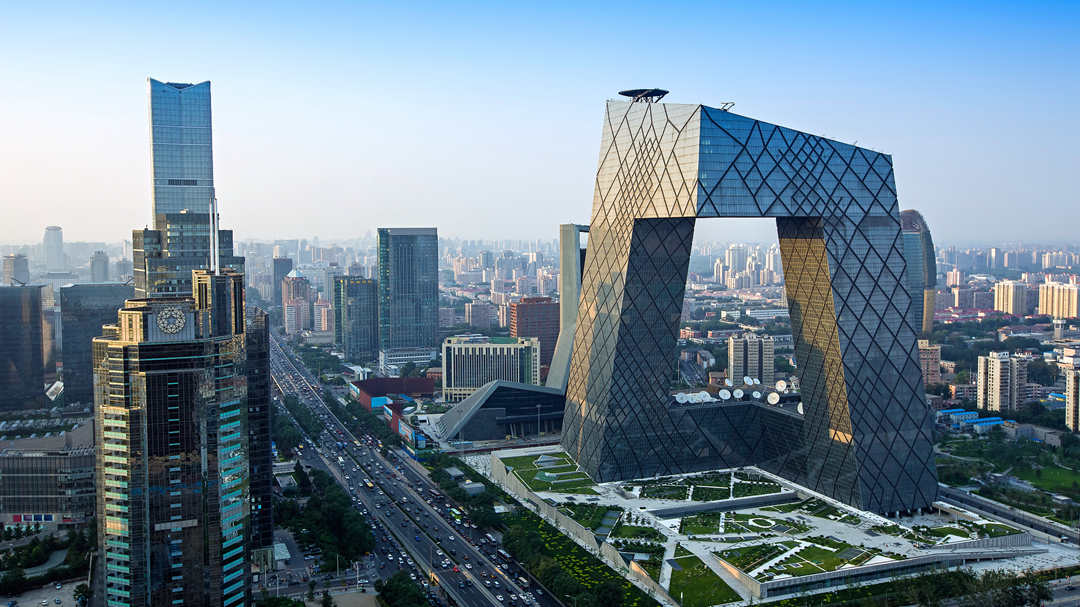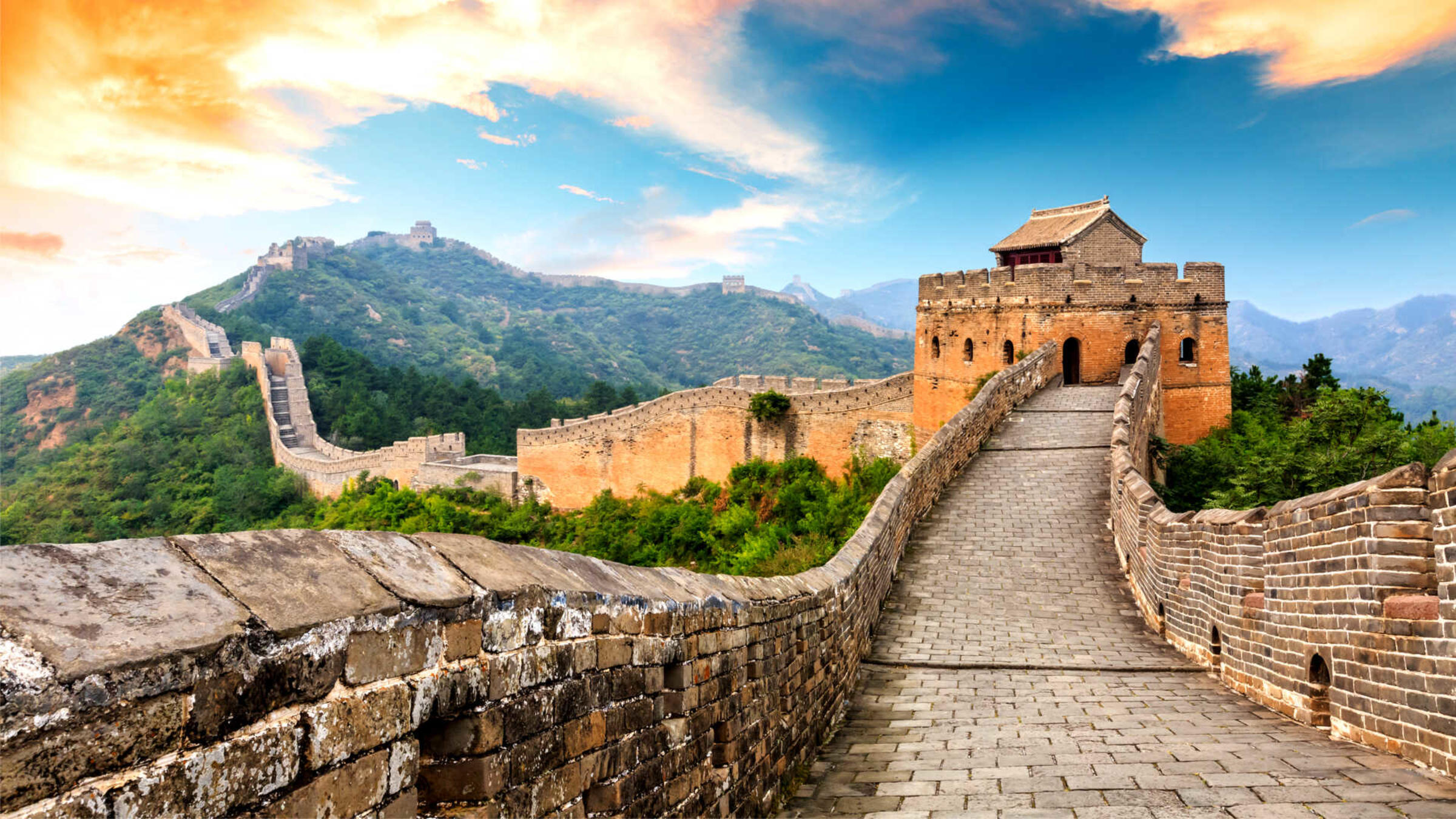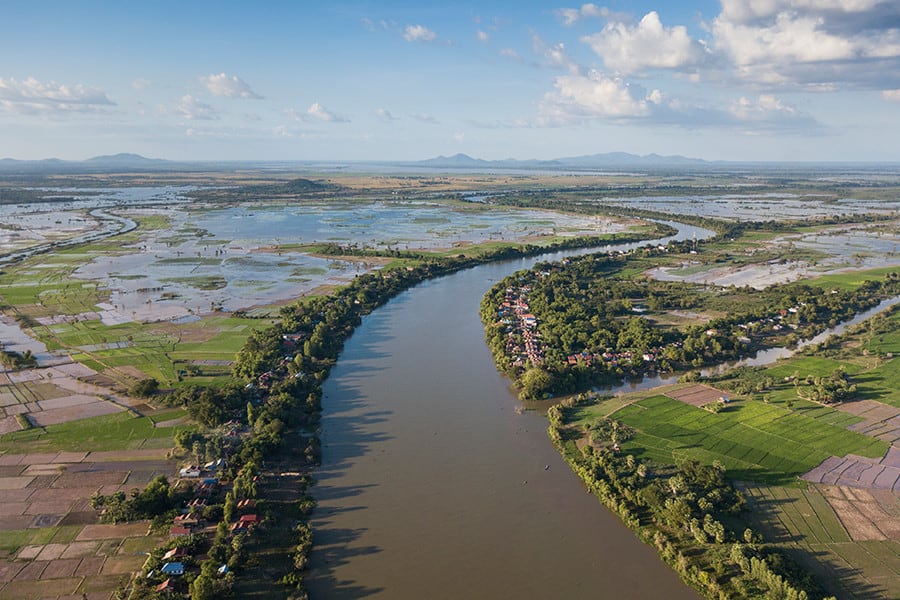Geography of Beijing – China
:max_bytes(150000):strip_icc():format(webp)/GettyImages-871980162-5b61d35646e0fb0050498370.jpg)
Beijing is a large city located in northern China. It is also China’s capital city and it is considered a direct-controlled municipality and, as such, it is controlled directly by China’s central government instead of a province. Beijing has a very large population at 21,700,000 and it is divided into 16 urban and suburban districts and two rural counties.
Fast Facts: Beijing, China
- Population: 21,700,000 (2018 estimate)
- Land Area: 6,487 square miles (16,801 square kilometers)
- Bordering Areas: Hebei Province to the north, west, south, and part of the east and the Tianjin Municipality to the southeast
- Average Elevation: 143 feet (43.5 meters)
Beijing is known as being one of the Four Great Ancient Capitals of China (along with Nanjing, Luoyang, and Chang’an or Xi’an). It is also a major transportation hub, a political and cultural center of China, and was host to the 2008 Summer Olympic Games.
1. Changing Names of Beijing
The name Beijing means Northern Capital but it has been renamed several times in its history. Some of these names include Zhongdu (during the Jin Dynasty) and Dadu (under the Yuan Dynasty). The city’s name was also switched from Beijing to Beiping (meaning Northern Peace) twice in its history. After the founding of the People’s Republic of China, however, its name officially became Beijing.
2. Inhabited for 27,000 Years
It is believed that Beijing has been inhabited by modern humans for about 27,000 years. In addition, fossils from Homo erectus, dating back to 250,000 years ago have been found in caves in Beijing’s Fangshan District. Beijing’s history consists of struggles between various Chinese dynasties which fought for the area and used it as China’s capital.
3. A Capital for Over 1,200 Years
The village of what would become Beijing developed into a capital city during the Tang dynasty in the 9th century CE. The Venetian explorer Marco Polo visited in 1272, when the city was named Khanbalik and was ruled by the great Mongol emperor Khublai Khan. The city was massively rebuilt by Yong Le (1360–1424) during the Ming Dynasty, who built a Great Wall to protect his city.
4. Became Communist in 1949
In January 1949, during the Chinese Civil War, Communist forces entered Beijing, then called Beiping, and in October of that year, Mao Zedong announced the creation of the People’s Republic of China (PRC) and renamed the city Beijing, its capital.
Since the founding of the PRC, Beijing has undergone massive changes to its physical structure, including the removal of its city wall and the construction of roads intended for cars instead of bicycles. Most recently, land in Beijing has developed at a rapid pace and many historical areas have been replaced by residences and shopping centers.
5. A Post-Industrial City
Beijing is one of the most developed and industrial areas of China and it was one of the first post-industrial cities (meaning its economy is not based on manufacturing) to emerge in China. Finance is a major industry in Beijing, as is tourism. Beijing also has some manufacturing located on the western outskirts of the city and agriculture is produced outside of major urban areas.
6. Geographic Location on the North China Plain
Beijing is located at the tip of the North China Plain (map) and it is surrounded by mountains to the north, northwest, and west. The Great Wall of China is located in the northern part of the municipality. Mount Dongling is Beijing’s highest point at 7,555 feet (2,303 m). Beijing also has several major rivers flowing through it which include the Yongding and the Chaobai Rivers.
7. Climate: Humid Continental
The climate of Beijing is considered humid continental with hot, humid summers and very cold, dry winters. Beijing’s summer climate is influenced by the East Asian monsoon. The average July high temperature for Beijing is 87.6°F (31°C), while the January average high is 35.2°F (1.2°C).
8. Poor Air Quality
Because of China’s rapid growth and the introduction of millions of cars into Beijing and surrounding provinces, the city is known for its poor air quality. As a result, Beijing was the first city in China to require emissions standards to be implemented on its cars. Polluting cars have also been banned from Beijing and are not allowed to even enter the city. In addition to air pollution from cars, Beijing also has air quality problems due to seasonal dust storms that have developed China’s northern and northwestern deserts due to erosion.
9. Direct Controlled Municipality
Beijing is the second-largest (after Chongqing) of China’s direct-controlled municipalities. The majority of Beijing’s population is Han Chinese. Minority ethnic groups include Manchu, Hui and Mongol, as well as several small international communities.
10. Popular Tourist Destination
Beijing is a popular tourist destination within China because it is a center of China’s history and culture. Many historic architectural sites and several UNESCO World Heritage Sites are within the municipality. For example, The Great Wall of China, the Forbidden City, and Tiananmen Square are all located in Beijing. In addition, in 2008, Beijing hosted the Summer Olympic Games and sites constructed for the games, such as the Beijing National Stadium are popular.


